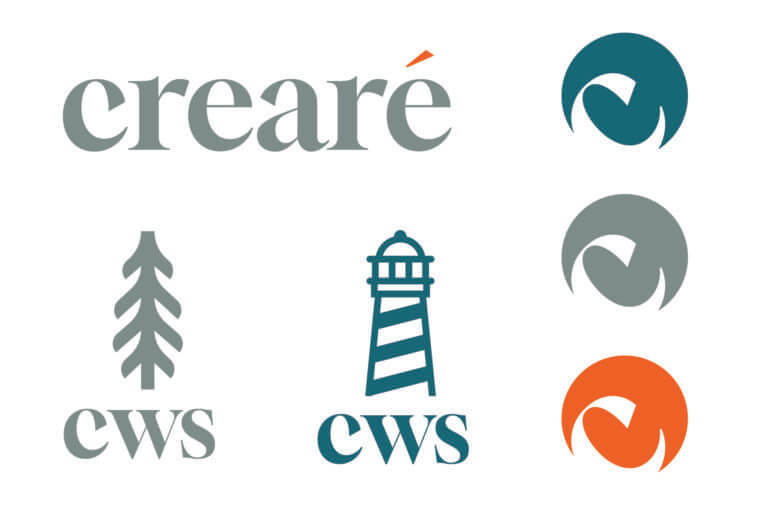What do search engines look for?
We get this question all the time. And, although Google doesn’t tell us exactly what they are looking for, they give us a pretty good indication, and that helps us guide you, on how to make your website work for you. Check out this fun page put together by Google (summarized by me, plus some extra commentary, below).

These are the 3 key points that I think you should take away:
- Crawling & Indexing: Basically Google follows links from page to page (why so many people will indicate GOOD link building is important – see what can happen below if you do spammy link building). Once Google finds your pages, they sort them by content and other factors (page structure, page description, meta tags, length of domain ownership, mobile friendliness, to name a few). Then, an index is created to keep track of all that information.
- Algorithms: Google writes programs and formulas aimed to deliver the best results possible. As you search, the algorithms look for clues to try and understand what you are looking for. Then, they pull relevant documents from the index they previously put together (note when you launch a new site, or make updates to an existing one, it’s good to tell Google to reindex your site, in order to make sure your entry in the index is up-to-date). The results Google pulls from the index are ranked using over 200 factors (quality, freshness, context are some categories. We believe they take the factors they indexed you with and give each category a weight. What that weight is, is what we’ll never know, and only can guess based on results we see). Google can’t tell us exactly what these factors are, and what their weights are because they typically launch over 500 improvements a year, so they really are constantly changing, trying to make it better. Although they do give us some clues to it, like the importance of mobile friendliness, or ability to provide content to a voice search.
- Fighting Spam: To keep your search results relevant Google will notify website owners when they find spam, that way they can fix their site, and be re-indexed.
Here are the 10 Different Types of spam the Search Engine typically sees (and how to avoid them!):
- Pure Spam: Automatically generated gibberish, cloaking, scraping content. Not something the average website user has to worry about, unless you were hacked.
- Hacked Site: Some pages on your website may be hacked by a third party to display spammy content or links. We’ve seen this happen, and cleaned up sites from it. Financial and Medical sites are HUGE targets for this, so owners of these types of sites need to be really careful and aware, setting up extremely secure passwords and encryption.
- Hidden Text & Keyword Stuffing: I used to have clients ask to put white text on a white background, so the search engine would see it, but visitors wouldn’t. Google caught on to those people, and will penalize you for it, it’s not worth it, don’t do it.
- User Generated Spam: This type of spam often appears on forums, guestbooks or other profiles. If you don’t have these on your website, it’s really not something to worry about. If you do, you want to make sure you ask for information to try and prevent “robots” from creating content and spamming your forums.
- Parked Domains: These are what we would call placeholder sites with little to no unique content. Often we put up a coming soon page for a client, which is great, if your website is actually coming soon! Keep that page up for a long time, with no change, and Google may think you’re a front for something else.
- Thin Content: Your website has little or no added value. Your content isn’t providing users with much added value. Think: affiliate pages, cookie-cutter sites, auto-generated content – you get the idea, and why you must be VERY careful when using a template website builder! If you don’t edit that template in EVERY place you can, updating content, meta tags, page descriptions, you could get marked as having thin content!
- Unnatural Links to a Site: Google can detect artificial, deceptive or manipulative links to your site. Often times these links are the results of buying links and participating in link schemes. You must be VERY careful when focusing on link building, or you could hurt your site more than help it!
- Unnatural Links from a Site: Google can also detect deceptive or manipulative outbound links from your site. Again, another indication of a link scheme. Don’t put links on your site, unless you are recommending content for a reason!
- Spammy Free Hosts & Dynamic DNS Providers: Know where you register and host your site. Use one that is trustworthy. If it seems spammy to you, it probably is!
- Cloaking and/or Sneaky Redirects: Your website displays different content to human users than it is showing to search engines or redirecting users to different pages than what Google saw. It’s okay to set-up redirects if the location of your content changed, or a page name changed, but don’t spam the search engine by having it crawl one page, and then sending users to a different one. That’s just bad practice.
Make sense? The more websites we design, the more we learn, and the more we apply to our client’s websites. It’s a win-win for everyone, we get better at what we do, and you show up better on the search engine.
Ready for a new website? We’re ready to help you. Just shoot us over an email at getstarted@crearemarketing.com and we’ll get right to work 🙂


